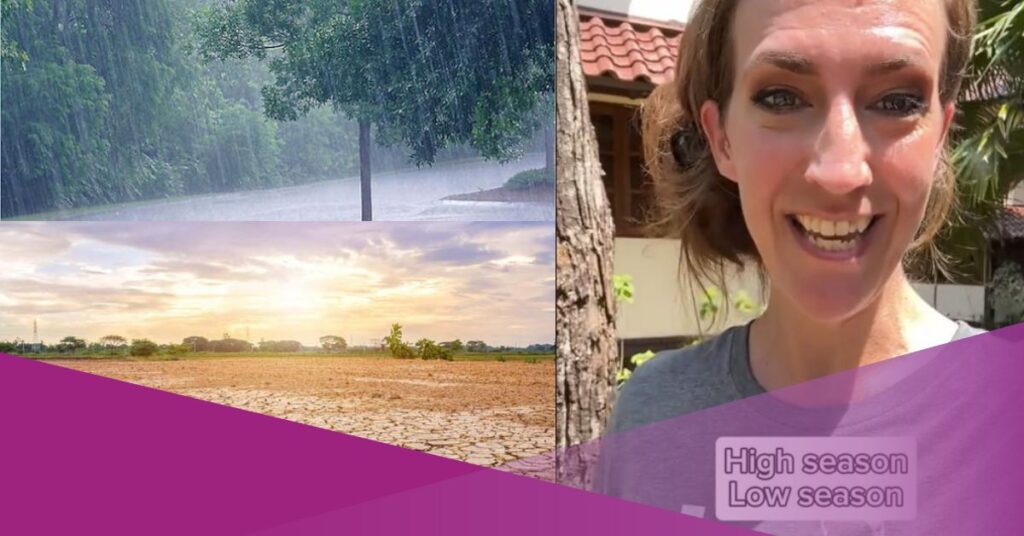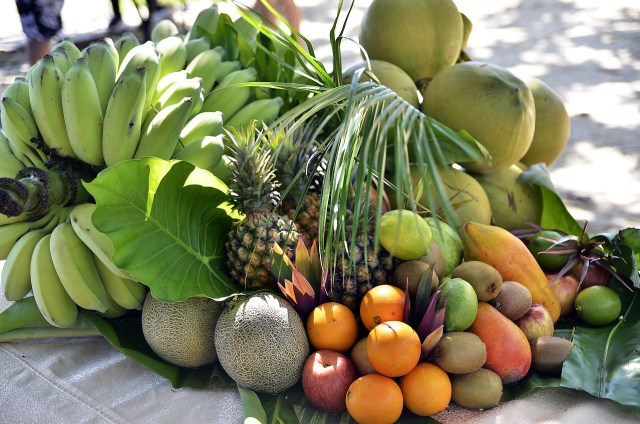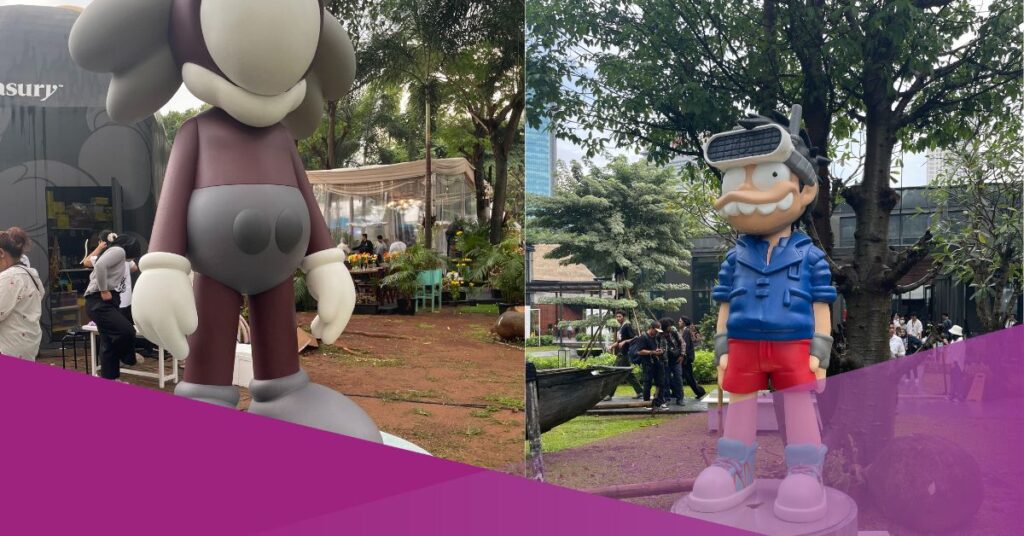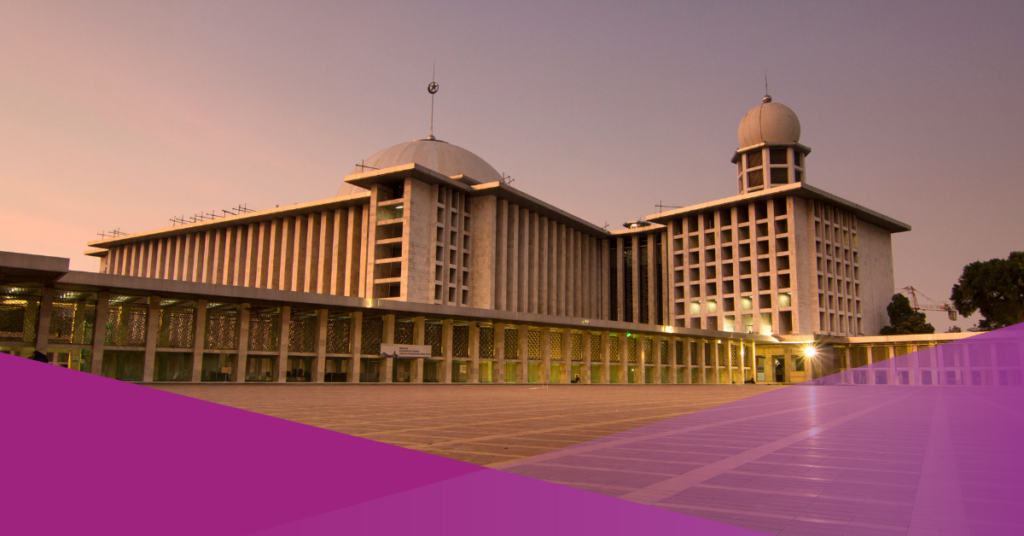Understanding Indonesia Climate: Foreigners who come to Indonesia from countries with four seasons may find the seasons drastically different.
Indonesia is a tropical country that has two seasons in a year, namely the rainy and dry seasons. Season itself is a phenomenon in the atmosphere that occurs at a certain time.
Indonesia climate is mostly tropical rainforest (highest precipitation), followed by tropical monsoon and tropical savanna (lowest precipitation).
Seasonal change is a natural phenomenon that regularly occurs in Indonesia, with the rainy season being one of the important phases that affect various aspects of people’s lives.
The year 2024-2025 brings a unique pattern in Indonesia’s monsoon cycle, with predictions showing an earlier-than-usual arrival in many regions.
Indonesia Climate: Expat Guide to the Two Main Climates
This was also realised by a foreigner visiting Indonesia. Through a video on her @harperfamilytravel account, she explained that Indonesia does not have 4 seasons like some other foreign countries.
@harperfamilytravel It’s been almost 15 months since we’ve had cool weather! #travelvlog #familytravel ♬ original sound – AmberTravels✈️-SAHM 4boys!💙
She said that Indonesia has two seasons with weather that seems warm throughout the year.
Indonesia’s high season is during the dry season, which is from April to October in most of the country. The low season is during the wet season, which is from November to March. However, there are some regional variations and other factors to consider when planning a trip to Indonesia.
But the changing weather makes the forecast of the two seasons in Indonesia increasingly vague. Based on the latest data from Indonesia’s BMKG (Meteorological, Climatological and Geophysical Agency), the seasonal pattern is becoming more and more unpredictable.
The La Nina phenomenon, which is predicted to occur at the end of 2024, affects the intensity and duration of the rainy season, although the impact varies by region.
Two Types of Seasons in Indonesia
1. Rainy Season
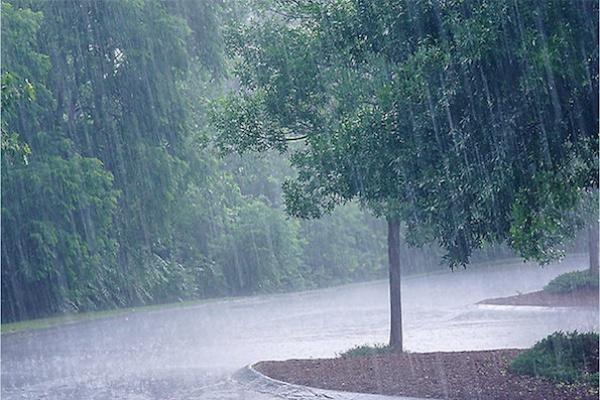
The rainy season is an event where there is an increase in rainfall in an area whose conditions will change within a certain period of time within one year. In tropical climates, the rainy season usually occurs from October to March.
However, the beginning and end of the rainy season sometimes experience transitions, such as being longer or shorter due to certain factors. One cause of the rainy season is the west monsoon winds.
The West Monsoon is the wind that blows from the Asian Continent to the Australian Continent through the waters and oceans of the South China Sea and Indian Ocean.
The characteristics of the rainy season are:
- There is an increase in rainfall with a fixed pattern within a certain period of time.
- The wind becomes stronger, and cloudy weather often occurs.
- The temperature becomes hotter due to the presence of thick clouds.
- The level of soil fertility increases.
- There is heavy rain that is often followed by lightning.
2. Dry Season
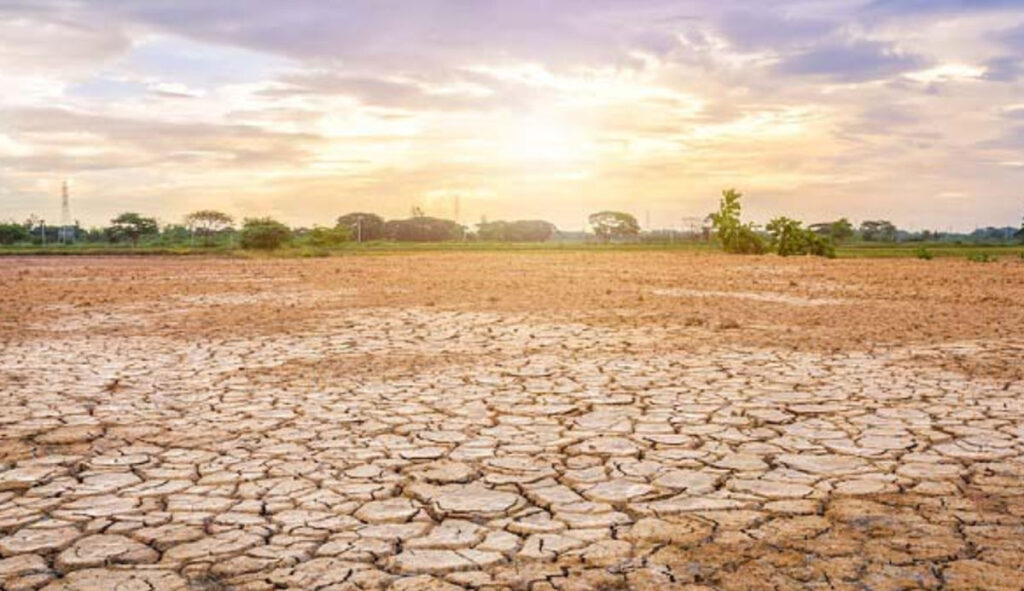
In tropical climates, the dry season usually occurs from April to September. Just like the rainy season, sometimes the beginning and end of the dry season can experience a transition. Like longer or shorter due to certain factors.
A dry season is an event where there is drought due to a decrease in rainfall in an area whose conditions will change within a certain period of time within one year.
The characteristics of the dry season are:
- There is a decrease in rainfall with an erratic pattern within a certain period of time.
- Sunny weather with less wind.
- Thin clouds cause the temperature to be cooler.
- The level of soil fertility decreases.
- It rarely rains and is accompanied by fog.
Why is it difficult to predict Indonesia climate?
In Indonesia, there are two main seasons: summer and rain season. However, it is not possible to accurately predict the changes in these two seasons.
The main reasons for this are local factors, such as topography and changes in the monsoon cycle in Indonesia’s seasonal variations. Indonesia is almost entirely dominated by a tropical climate with air humidities of up to 90% and hot average temperatures of 28 °C in warmer areas.
Geographical differences and changes in the monsoon cycle can cause weather differences in various regions in Indonesia.
In addition, Indonesia is a vast archipelago with diverse weather conditions in each region. Most parts of Indonesia experience weather with two dominant seasons, namely the rainy season and the dry season. But there is no fixed schedule for each season.
Indonesia climate is highly vulnerable to the impacts of climate change, including extreme events such as floods and droughts, as well as long-term changes due to sea level rise, shifting rainfall patterns, and increasing temperatures.
Fruit seasons in Indonesia
Some of the comments on the video also explain that there is another famous season in Indonesia, the fruit season. In certain months, some regions have their own fruit season calendars that reflect the diversity and richness of nature.
For example, in April-June, the most common fruits on the market during this period are various types of citrus fruits with sour flavours such as lime, grapefruit, sweet orange, soursop and persimmon.
Mangoes are also one of the fruits that begin to be harvested in these months, especially in West Java and East Java. Durian also starts to appear, especially in Sumatra and Kalimantan.
July- September is the peak harvest season for many fruits in Indonesia. Rambutan, durian and mango can be found in abundance.
